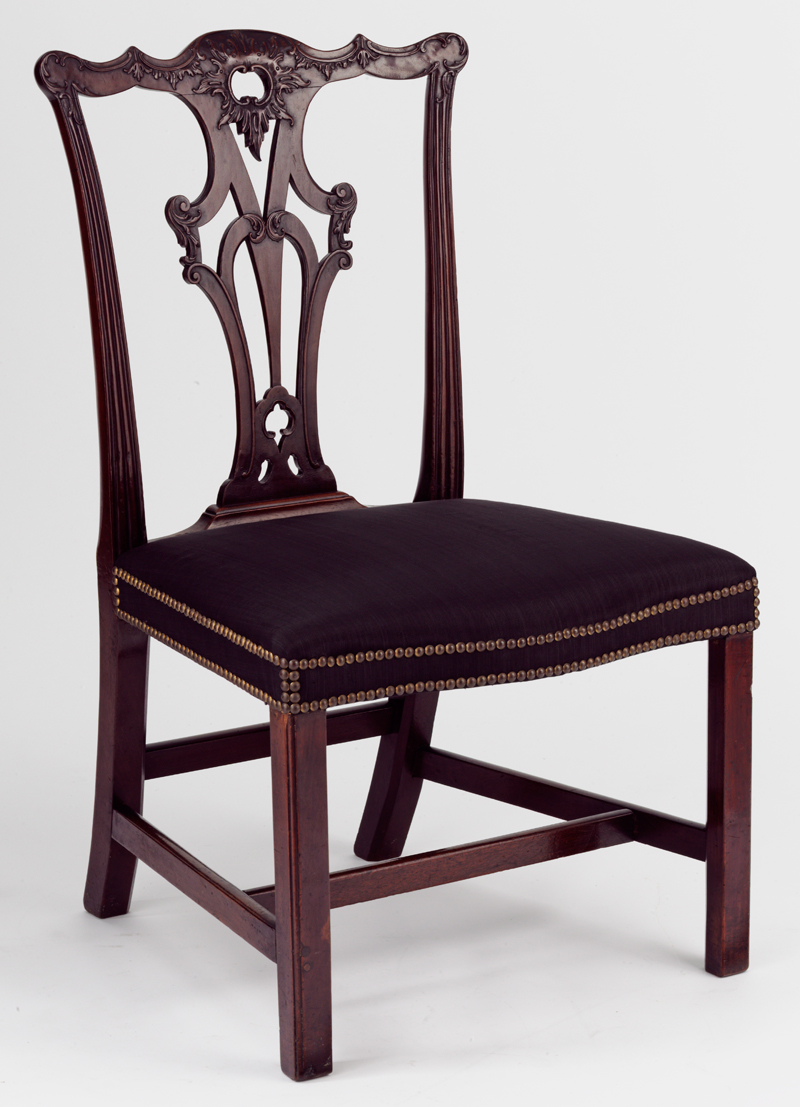The English Renaissance consisted
of three eras, the early, middle and late renaissance. For my post I will be
discussing the middle renaissance and how this period brought newer thoughts on
design and new design styles. There was the introduction of William and Mary,
Queen Anne, and four main designers: Chippendale, Adam, Hepplewhite, and
Sheraton.
The style that was the most
interesting was the Queen Anne design. This was the time of social living, so
all design and furniture emphasized the use of parlors and sitting rooms. With
this style the use of Chinese design and mahogany wood was very common. Queen
Anne brought back the curved lines and the style of the cabriole leg, which was
used in all types of furniture.

This is an Queen Anne winged chair with the cabriole leg.

This is a modern day version of the Queen Anne style.
Chippendale was a very known
designer during this period of time and was very influential in his furniture designs.
Some of these styles are displayed below, as he was most known for his
different style of chairs. Chippendale's original designs are continuely used in current applications today.

Above is a Chippendale chair with the gothic style being emphasized.

Above is a modern day design which used CHippendale's chinese style chairs.
For the English Renaissance I viewed Katie and Kristina P's blogs. Both were very interesting and gave great knowledge about the English Renaissance era. Katie discussed the late Renaissance and how it was influential in its design. I learned more about the Adam style from her blog and glad she decided to discuss it since I did not in my blog. Kristina talked about the Queen Anne period, like I did, it was refreshing to read hers because she covered many thing that I did not cover, she went in more depth over the furniture. Both blogs were overall very interesting and each taught me something I didn't know before about the English Renaissance.
References
I commented on your post at my blog: History1evp@blogspot.com
ReplyDelete